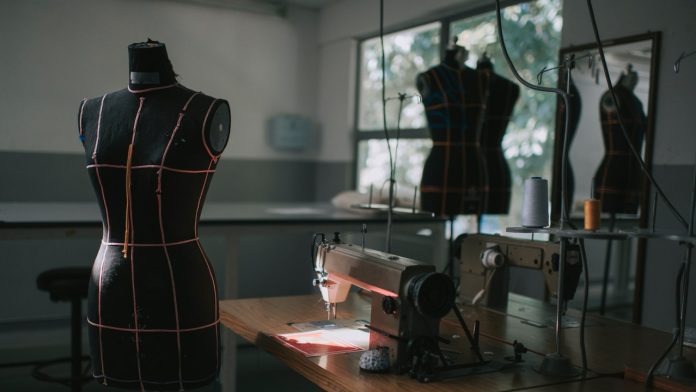[ad_1]
The fashion industry is a mess. From waste to wage theft, the impacts of the production of clothing are increasingly hard to ignore and have become issues that extend well beyond what we wear. As a former designer and someone who now teaches sustainability to fashion professionals in a graduate program, I find it frustrating to watch the industry fail to manage its broad range of negative impacts.
Like many, I was drawn to fashion because of its reputation for big-city glamour and the association with celebrity movers and shakers. I loved telling people from my suburban Ohio hometown that I lived in New York City and worked as a fashion designer. I would typically skip the messier details, such as the crappy apartment full of roommates, the low pay, the monied mean-girl culture, and above all, the totally unglamorous process of designing mass-produced clothing.
Fashion is, first and foremost, a business, and its primary goal is to make money. The global fashion industry is in every country in the world and is worth roughly $2 trillion, which is equivalent to the world’s 11th-largest economy by GDP.
Nearly everything about the production of fashion is harmful: Most fashion items are made of plastic and shed microplastics in our water systems and, ultimately, our bodies; toxic chemicals are a feature of the development of raw materials and the processing, dyeing, and finishing of textiles and clothing items; exploitative and child labor are remarkably common throughout the supply chain; and the fashion industry is responsible for a significant share of global greenhouse gas emissions. Fashion also intersects with other big-impact global sectors, including agriculture, transport, and oil and gas, leading to even bigger impacts. The list goes on.
These are the issues that drew me to work in fashion sustainability. After 15 years as a designer, I knew my own impact; I could count the hundreds of thousands of garments I had been responsible for making over the years. And fashion companies, since recognizing the negative impact of typical clothing production, have started to create sustainability, corporate social responsibility (CSR), and/or environmental, social, and governance (ESG) teams to address issues related to caustic chemical usage and dumping, dependency on fossil fuel-based materials, and the forced labor that is common in the typical fashion business model.
But sustainability isn’t only a framework for environmental and social change; it also represents big business. Addressing sustainability is one of the biggest business opportunities for the global fashion industry today. For young people looking for a career in fashion, sustainability is huge, but realizing its potential is not going to happen without intentional effort.
A recent UN climate change report offered a dire warning: The fashion industry must engage all possible solutions if we are to avoid global climate collapse. But fashion has failed to meaningfully do that. Says Amir Sokolowski, global director for climate change at CDP, the nonprofit organization that partnered with the UN to provide the reporting, “These plans are lacking in the fashion industry,” adding that CDP data ranks the fashion sector as having “one of the lowest levels of disclosure of a credible climate transition plan.”
[ad_2]
Source link


